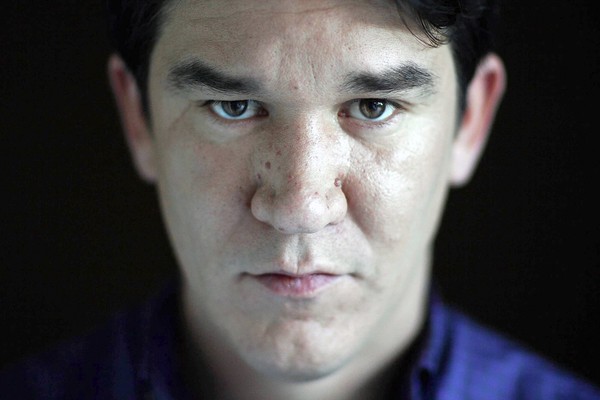None of that prepared executives for the first batch of footage Espinosa sent back to California from his "Safe House" set in South Africa early last year. The director was shooting actors through partially closed windows and doors, his cameras weren't staying on anyone's face for more than an instant and the scenes didn't look as if they would cut together into a coherent narrative.
"They said it looked like a French movie from the 1960s," the chain-smoking, 34-year-old Espinosa recalled on a recent visit to Los Angeles, a few days ahead of his film's Friday release. "But that was exactly what I was going for."
Hollywood in principle loves the idea of recruiting fresh voices into its filmmaking fraternity and has been particularly fond of importing directors from the independent film scene — people like Christopher Nolan and Paul Greengrass. "It's harder and harder in action movies to create moments that people are not expecting," said "Safe House" producer Scott Stuber, explaining the inspiration for the trend.
The very thing that initially made Universal concerned — Espinosa's kinetic, unexpected camera work — is ultimately part of what distinguishes "Safe House," which stars Reynolds as Matt Weston, the low-level housekeeper of a Cape Town CIA hiding place into whose custody Washington's presumed double agent, Tobin Frost, falls.
Weston is clearly in over his head, and there's no explaining how local thugs find the supposedly secret safe house as soon as Weston arrives. "I'm not your only enemy tonight," Frost counsels Weston. Worse for Weston, he doesn't know who his friends are, or how he can possibly keep Frost or himself alive.
Much as Greengrass films his Jason Bourne movies in a dynamic, nearly vertigo-inducing fashion that immerses audiences into the chaos, Espinosa favors a gritty, quick-cutting style full of visual surprises and mayhem. ("Safe House" was shot by Oliver Wood, the cinematographer of the last three Bourne films.)
"It's dirty — it's not so neat and cool," said Washington, who prepared for the part by reading Martha Stout's cautionary nonfiction book "The Sociopath Next Door." "And it's violent, especially the fight at the end of the film, where shards of glass become weapons. It's not your typical stuff."
Fighting is not unfamiliar territory to Espinosa, who was born in Chile and spent his early childhood in Africa. He says that were it not for the intervention of the Swedish government he could have been jailed for two years as a troubled teenager; as a 15-year-old in Sweden, Espinosa committed a string of minor crimes — "I beat some people up, did a breaking and entering, grand theft auto," he said.
Instead of prison, he was placed by the government into an elite boarding school. "Where I came from, if someone teased you, you had to hit them or it would escalate. If you did that at the school, you were a horrible person and would lose friends," Espinosa said.
Part of his program included studying at a local theater to "act out your anger" but it was his roommate of two years, the son of famous Swedish filmmaker Lasse Hallström, who set Espinosa's career in motion. Soon after he met the director of "My Life as a Dog," "Chocolat" and "The Cider House Rules," Espinosa changed his ambition from running his own cafeteria to directing his own movies.
Espinosa enrolled at the Danish Film School, and his thesis film, 2003's"The Fighter,"was well received on the festival circuit, though it was his follow-up, "Easy Money," a triptych of stories related to Swedish drug trafficking bought but not yet released in the United States through the Weinstein Co., that sparked a flood of offers from the studios.
In considering his options, Espinosa met with the makers of "Prisoners,""X-Men: First Class,""Deadpool" and "Making Jack Falcone" before deciding to direct "Safe House."
"I saw an opportunity to do a modern western — the older gunslinger who knows what the profession does to your morals, and the younger guy who believes somehow that he can unify his ethics and his perspective on life with his profession — which is a lie," Espinosa said of the "Safe House" story. "My work is about fighting against the plot, and letting characters breathe."
.gif)




.jpg)


